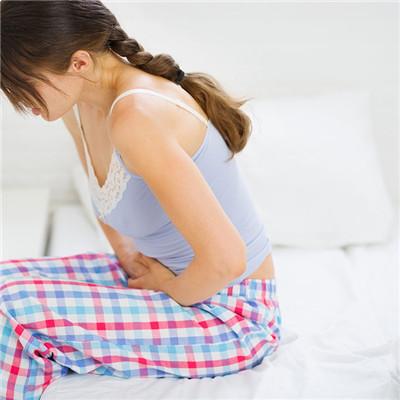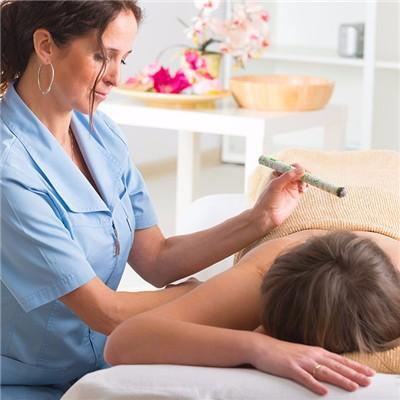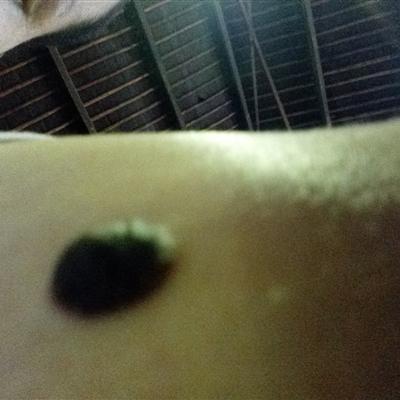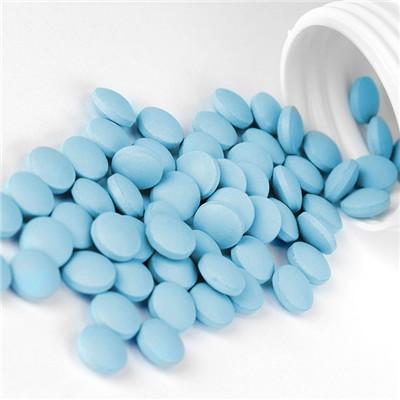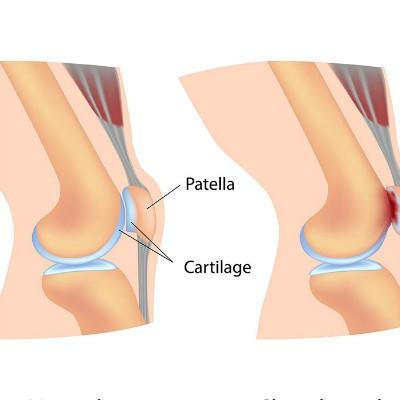What are the symptoms of polymyositis
summary
When it comes to polymyositis, many patients are unfamiliar with it. Sometimes they want to go to the hospital for treatment, and they are not very clear what department they should go to, because polymyositis is a group of diseases with unclear etiology and pathogenesis. Now let's talk about the symptoms of polymyositis.
What are the symptoms of polymyositis
Muscle symptoms: the main manifestation is the involvement of the rhabdomus of the proximal extremities, and the symmetrical weakness of the proximal extremities is the characteristic of the disease. Usually patients feel muscle weakness, followed by muscle pain, tenderness and exercise pain, and then due to muscle strength decline presents a variety of motor dysfunction. Generally, most of them have difficulty in raising their arms, moving their heads or squatting, and their gait is poor. Sometimes, due to the sharp decline of muscle strength, the symptoms of polymyositis may present a special posture, such as head drooping, forward leaning of shoulders, etc., when the muscles of pharynx, upper esophagus and palate are involved.
Neck muscle group: about 50% of patients can involve the neck muscle group, manifested as cervical flexor muscle weakness, the patient can not raise his head when lying on his back. If the respiratory muscle is damaged and weak, it can cause dyspnea and other symptoms. If the disease worsens, it can develop from muscle weakness to muscle atrophy. When the muscle atrophy, the muscle fibers degenerate and harden, and there is a sense of flexibility when touching it. Most patients have myalgia, which can be spontaneous pain, exercise pain or tenderness. When there is generalized myositis, swelling, weakness and myalgia of the affected muscles are obvious. Rare outbreak of myositis, can cause rhabdomyolysis, a large number of myoglobinuria, resulting in renal failure.
Skin symptoms: the symptoms of polymyositis are centered on the eyelid, with varying degrees of puffy purplish red patches around the orbit; With the progress of the disease, purplish red papules may appear on the elbow, knee, ankle, metacarpophalangeal joint and interphalangeal joint extension surface of the extremities, and then fuse into plaques, atrophy, telangiectasia, hypopigmentation and covered with small scales. In addition, nail skin thickening, rigid telangiectasia and petechiae can be seen in nail root plica. In some cases, skin rash may appear in the trunk, showing diffuse or localized dark red spots.
matters needing attention
For normal people, usually can actively prevent, pay attention to diet regimen, will reduce the possibility of getting sick.

